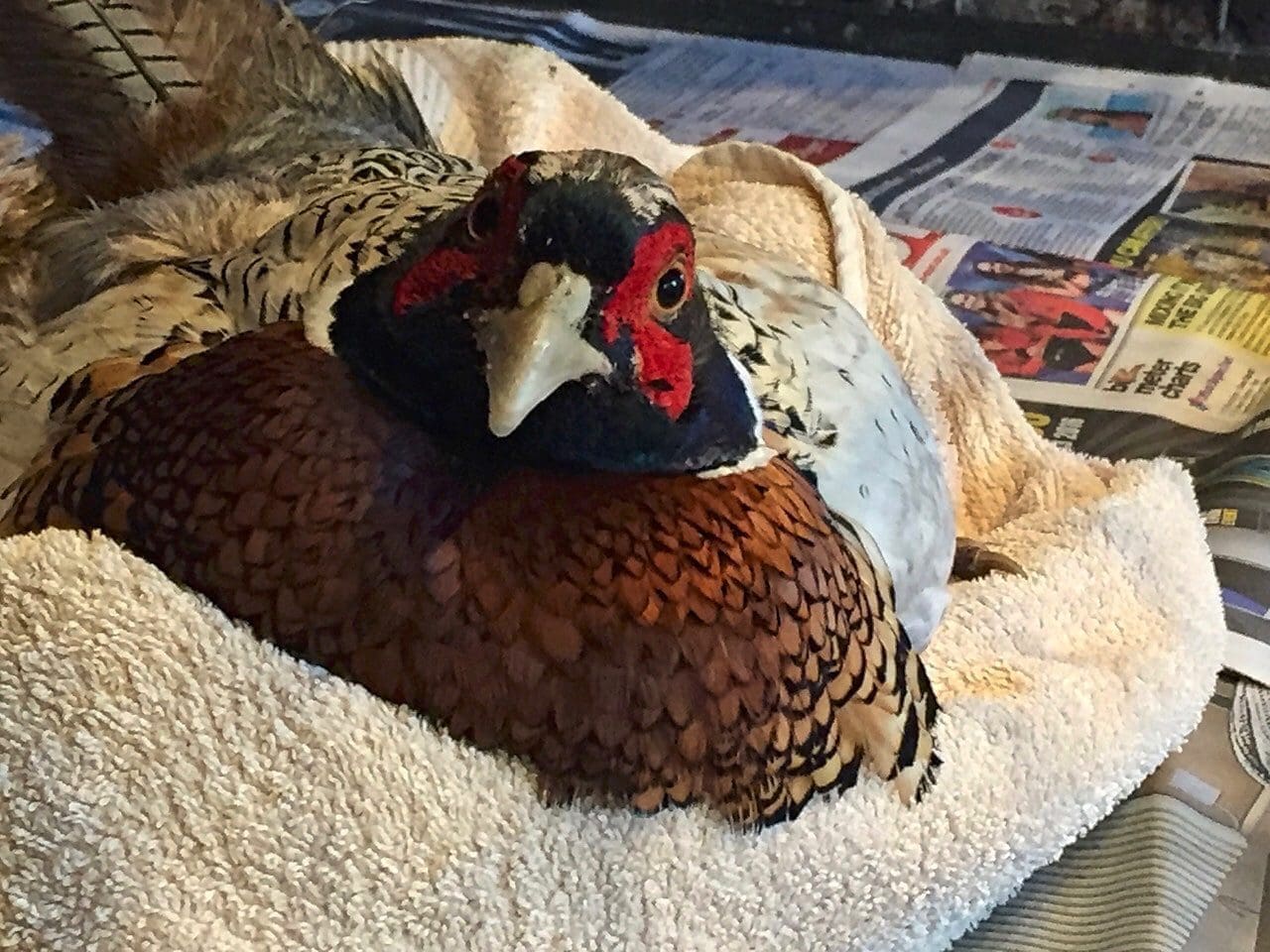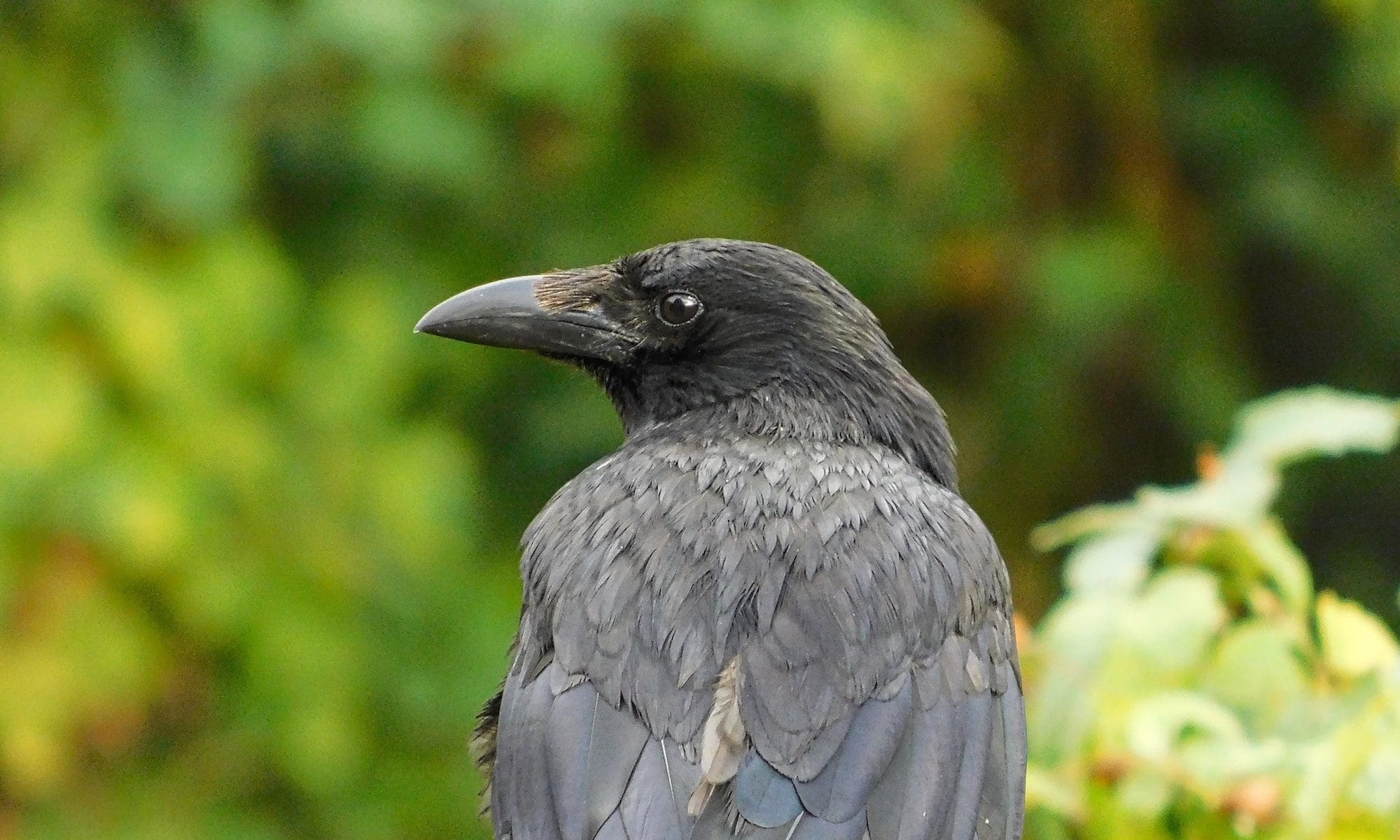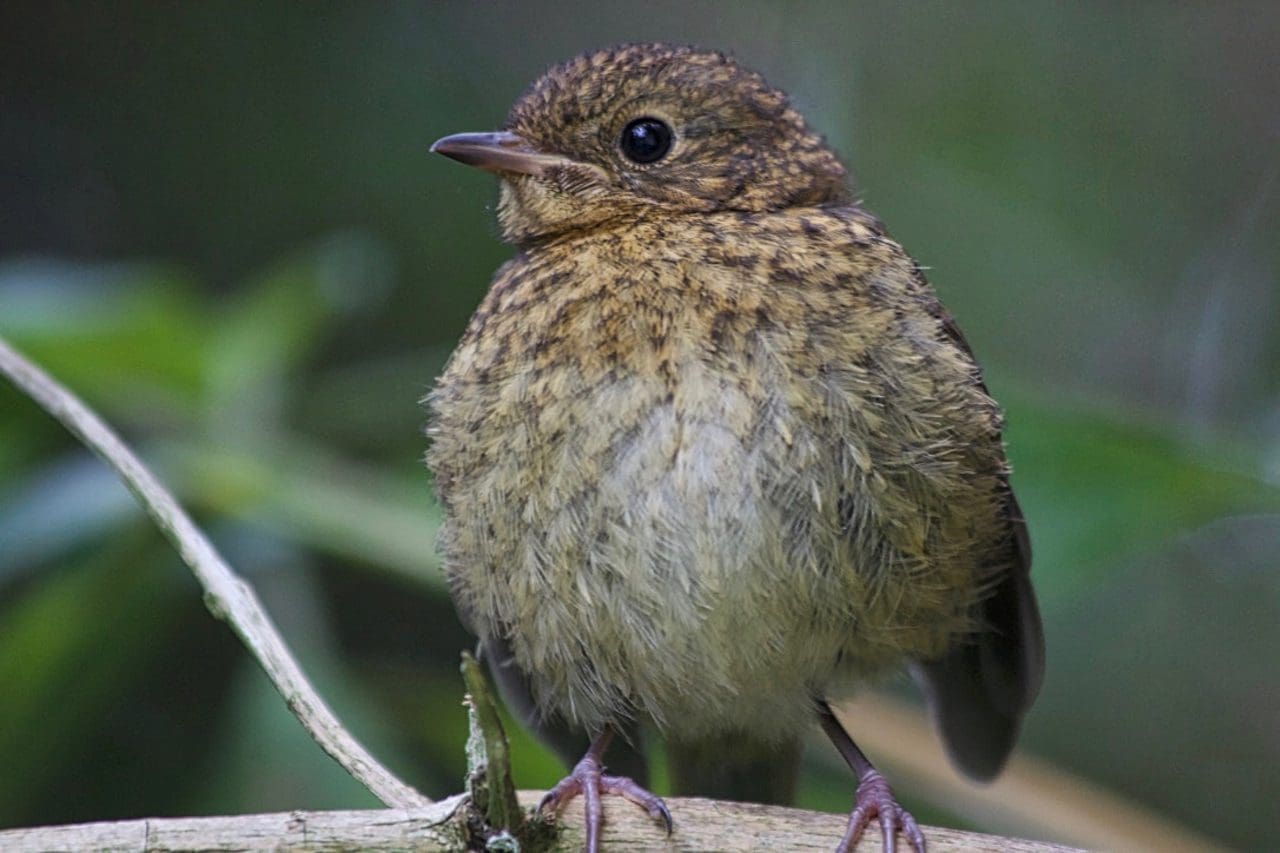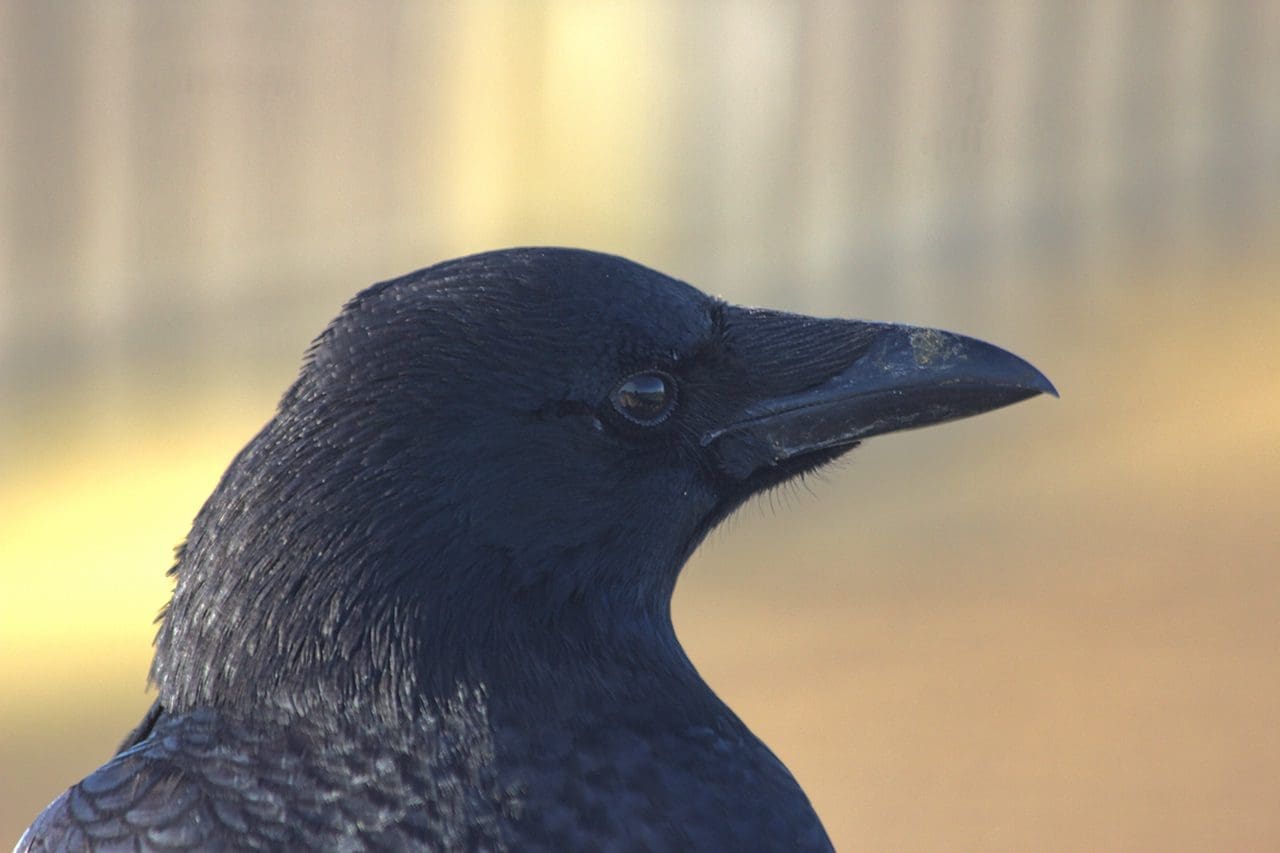If a cat brings a caught bird indoors, then immediate action is needed to save the bird’s life. The animal has to be freed immediately out of the cat’s mouth or claws. A very quick assessment of the animal is essential, which is being done with the aim to find open or displaced fractures, wounds involving in particular chest and abdomen and to detect signs of an acute bleed. An actively bleeding wound needs to be treated immediately. The best option is to use clean tissues or kitchen towels to compress the bleeding area gently but firmly until the bleed has stopped. Even a small amount of lost blood can result into a severe irreversible shock situation in birds. This is particularly true for small birds species.
First Aid For Birds – How To Catch A Poorly Bird
It is often difficult or sometimes even impossible to catch a poorly or injured bird in need of help. Trying to capture a wild bird is a delicate endeavour. One must be certain not to harm the bird or damage its feathers, as the plumage is the most valuable asset of a bird. Feathers have many different functions apart from helping the bird to fly or swim. They are used for protection, insulation, waterproofing, camouflage, communication and display. Even minor feather damage can render birds unreleasable, or will at least delay their release by months if not a year. Swifts are a prime example, as these birds spend almost all of their life on the wing. Some animals in need of help are often still able to fly or to outrun a human. They might quickly disappear by going into hiding or by keeping themselves out of reach. Injured or poorly birds are also very likely to become distrustful and alert towards humans and their own kind, which makes rescue attempts even more difficult.
Continue reading “First Aid For Birds – How To Catch A Poorly Bird”
First Aid For Birds – Impact Trauma
If a bird is being found sitting on the pavement, fluffed up and lethargic, or is found lying on his or her back on the road or underneath a window, then it is very likely that the animal has suffered an impact trauma. Affected birds are often found unconscious or apathic. Window strikes or car collisions are the most common types of accidents leading to a concussion, spinal contusion or a combination of both.

The Myth Of Humane Lethal Wildlife Management
Let me get straight to the point – wildlife management using lethal methods such as culling or killing is not just unethical and unnecessary, it is scientifically proven to be inefficient in almost all cases, in particular long-term. However, despite this common knowledge, governments, farmers, hunters, gamekeepers, pest controllers and many conservationists will almost exclusively suggest lethal methods of wildlife control as the most effective solution in wildlife conservation, wildlife management and to address any wildlife related problem. Scientific evidence suggesting the opposite will be commonly ignored, wrongly interpreted, or used out of context. There are many known factors, which influence public opinion and behaviour, but also common and widely accepted management practices. First we will highlight some of the more common problems and misperceptions, as this kind of background information may prove useful for the general understanding, before we will explore examples of lethal wildlife management and their consequences.
Continue reading “The Myth Of Humane Lethal Wildlife Management”
Thoughts About Bread And Angel Wing Deformities
Whilst doing a bit of research around this contentious topic, it became quickly apparent that there is no study or paper to find, which conclusively proves that feeding bread to waterfowl is the sole cause for the development of angel wing deformities. Despite this fact, most wildlife and waterfowl experts seem to agree that the overwhelming cause of angel wing is an unhealthily high protein and / or carbohydrate based diet. Unsurprisingly, it was not difficult to find plenty of advice and warnings suggesting not to feed bread to birds, and in particular not to waterfowl. However, with all the advice being provided, no scientific references were given, which would certainly help to clarify and understand the situation.
Continue reading “Thoughts About Bread And Angel Wing Deformities”




